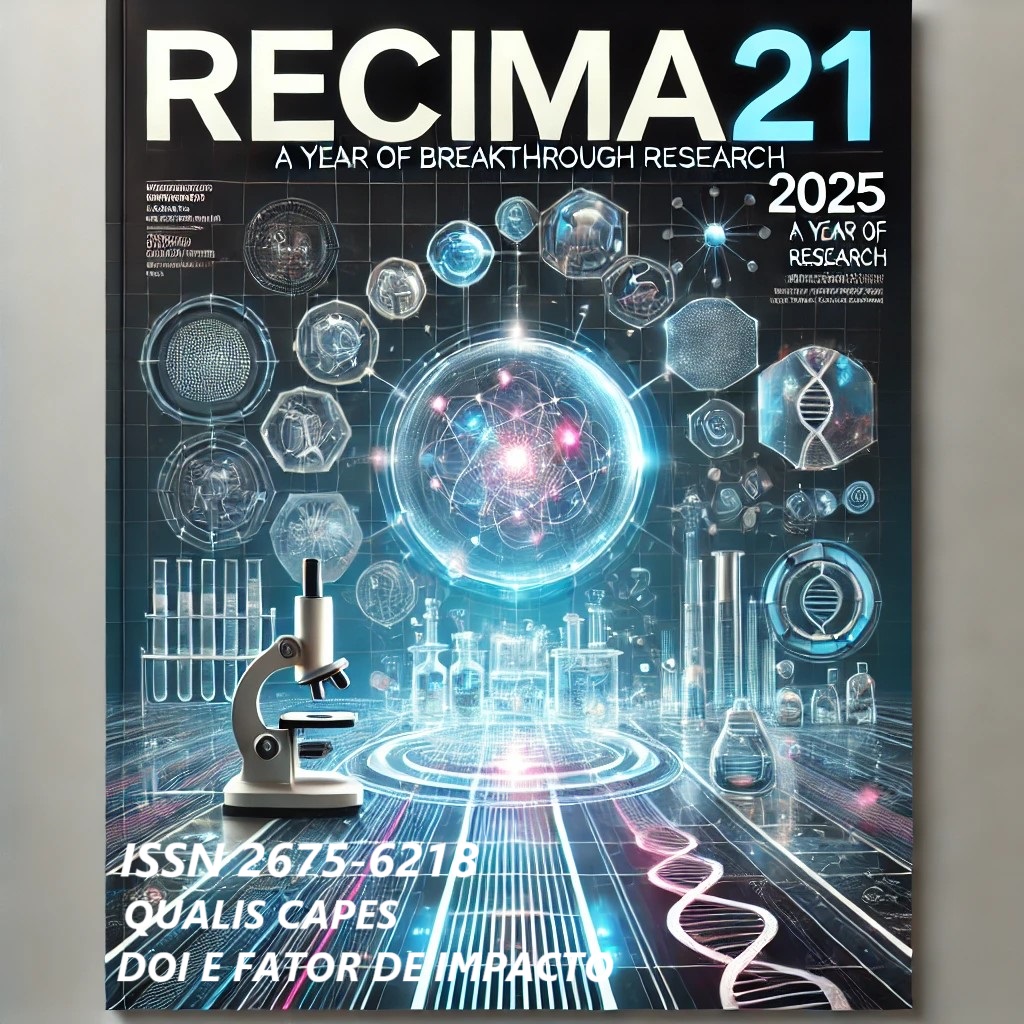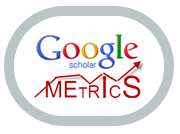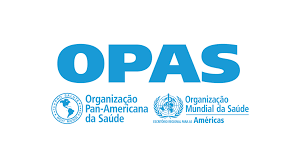EPIDEMICS OF THE LAST MILLENNIUM DEPICTED IN ART: A NARRATIVE REVIEW
DOI:
https://doi.org/10.47820/recima21.v6i6.6516Palavras-chave:
COVID-19., Bubonic plague, : Art. Epidemics, EpidemicsResumo
Art offers a unique approach to explore complexities of human experience, allowing analysis of medical issues not only from a scientific point of view, but also from an emotional, cultural, and ethical perspective. Detailed observation of paintings can help in the semiological consolidation of illnesses, complementing the care model in medicine. This article aimed to explore the relationship between art and epidemics over the last millennium focusing on the Black Death or bubonic plague and COVID-19. The former was one of the greatest epidemics in history and brought profound health impacts to society during the 14th century, as did the recent outbreak of the latter. The literature selection was based on descriptors and search filters applied to public domain electronic databases with scientific support. Following inclusion and exclusion criteria and filters elected for this study, 20 publications available in electronic databases were selected. Also, two paintings compatible with these publications were chosen. Thus, in this narrative review we sought to reflect on the importance of art in medicine and how the observation of paintings can help medical teaching. Furthermore, we highlighted the relevance of considering cultural and biological aspects, as well as semiological analyses of different views on epidemics throughout history. We expect that this article contributes to the discussion of the relationship between art and medicine and how art can be used to improve medical teaching and the understanding of epidemics.
Downloads
Referências
1. Adajian T. The definition of art. Stanford Encyclopedia of Philosophy; 2018. [cited 2025 Apr 22]; Available from: https://philpapers.org/rec/ADATDO-2.
2. Morriss-Kay GM. The evolution of human artistic creativity. J Anat. 2009 Nov;216(2):158–176. DOI: https://doi.org/10.1111/j.1469-7580.2009.01160.x
3. Hardiman MM. Education and the arts: educating every child in the spirit of inquiry and joy. Creat Educ. 2016 Aug;7(14):1913–1928. DOI: https://doi.org/10.4236/ce.2016.714194
4. Sherman A, Morrissey C. What is art good for? The socio-epistemic value of art. Front Hum Neurosci. 2017 Aug;11:411. DOI: https://doi.org/10.3389/fnhum.2017.00411
5. Hajar R. Medical illustration: art in medical education. Heart Views. 2011 Apr-Jun;12(2):83–91. DOI: https://doi.org/10.4103/1995-705X.86023
6. Mukunda N, Moghbeli N, Rizzo A, Niepold S, Bassett B, Delisser HM. Visual art instruction in medical education: a narrative review. Med Educ Online. 2019 Dec;24(1):1558657. DOI: https://doi.org/10.1080/10872981.2018.1558657
7. Siqueira JE. A arte como instrumento de educação médica. Curitiba: Conselho Regional de Medicina do Estado do Paraná, 2021 Jan 21. [cited 2025 Apr 22]; Available from: https://www.crmpr.org.br/A-arte-como-instrumento-de-educacao-medica-13-55643.shtml.
8. Friedlaender GE, Friedlaender LK. Art in science: enhancing observational skills. Clin Orthop Relat Res. 2013 Jul;471(7):2065–2067. DOI: https://doi.org/10.1007/s11999-013-3000-0
9. Huremović D. Brief history of pandemics (pandemics throughout history). In: Huremović D, editor. Psychiatry of pandemics: a mental health response to infection outbreak. Cham: Springer International Publishing; 2019. p. 7–35. DOI: https://doi.org/10.1007/978-3-030-15346-5_2
10. Vidal P, Tibayrenc M, Gonzalez JP. Infectious diseases and arts. In: Tibayrenc M, editor. Encyclopedia of infectious diseases: modern methodologies. New Jersey: John Wiley & Sons; 2007. p. 677–740. [cited 2025 Apr 22]; Available from: https://horizon.documentation.ird.fr/exl-doc/pleins_textes/divers19-11/010041109.pdf. DOI: https://doi.org/10.1002/9780470114209.ch40
11. González Toapanta HG. Pandemias en la historia: la peste negra y la gripe española, COVID-19 y crisis capitalista. Chakiñan, Rev Cienc Soc Human. 2021 Aug;14:130–145. DOI: https://doi.org/10.37135/chk.002.14.09
12. Tognotti E. Lessons from the history of quarantine, from plague to influenza A. Emerg Infect Dis. 2013 Feb;19(2):254–259. DOI: https://doi.org/10.3201/eid1902.120312
13. Zentner MH. The Black Death and its impact on the church and popular religion. Honors thesis. Oxford: University of Mississippi University of Mississippi; 2015. [cited 2025 Apr 23]; Available from: https://egrove.olemiss.edu/cgi/viewcontent.cgi?article=1682&context=hon_thesis.
14. Madhav N, Oppenheim B, Gallivan M, Mulembakani P, Rubin E, Wolfe N. Pandemics: risks, impacts, and mitigation. In: Jamison DT, Gelband H, Horton S, Jha P, Laxminarayan R, Mock CN, et al., editors. Disease control priorities: improving health and reducing poverty. 3rd edition. Washington (DC): The International Bank for Reconstruction and Development; The World Bank; 2017. DOI: https://doi.org/10.1596/978-1-4648-0527-1_ch17
15. Al-Rohaimi AH, Al Otaibi F. Novel SARS-CoV-2 outbreak and COVID19 disease: a systemic review on the global pandemic. Genes Dis. 2020 Jun 17;7(4):491–501. DOI: https://doi.org/10.1016/j.gendis.2020.06.004
16. Trajano VS, Oliveira J, Campello M, Gonçalves A. Expressões artísticas durante a pandemia. Rio de Janeiro: Edições Livres; 2021. [cited 2025 Apr 23]; Available from: https://www.arca.fiocruz.br/handle/icict/45956.
17. Puchmüller A. Artistic expressions of the Covid-19 pandemic: ideology and otherness in the digital comic “The Wuhan I Know” by Laura Gao. Alford Counc Int English Lit J. 2022;5(1). DOI: https://doi.org/10.37854/ACIELJ.2021.5101
18. Yang R. Plague: recognition, treatment, and prevention. J Clin Microbiol. 2018 Jan;56(1):e01519-17. DOI: https://doi.org/10.1128/JCM.01519-17
19. Demeure CE, Dussurget O, Fiol GM, Le Guern AS, Savin C, Pizarro-Cerdá J. Yersinia pestis and plague: an updated view on evolution, virulence determinants, immune subversion, vaccination, and diagnostics. Genes Immun. 2019 May;20(5):357–370. DOI: https://doi.org/10.1038/s41435-019-0065-0
20. Acosta AL, Xavier F, Chaves LSM, Sabino EC, Saraiva AM, Sallum MAM. Interfaces à transmissão e spillover do coronavírus entre florestas e cidades. Estud Av. 2020 May–Aug;34(99):191–208. DOI: https://doi.org/10.1590/s0103-4014.2020.3499.012
21. Barbieri R, Signoli M, Chevé D, Costedoat C, Tzortzis S, Aboudharam G, et al. Yersinia pestis: the natural history of plague. Clin Microbiol Rev. 2020 Dec;34(1):e00044-19. DOI: https://doi.org/10.1128/CMR.00044-19
22. Dasgupta S, Crunkhorn R. A history of pandemics over the ages and the human cost. Physician. 2020 May;6(2). DOI: https://doi.org/10.38192/1.6.2.1
23. Geraldes Neto B. Em tempos de quarentena, uma busca de sua origem. Enferm Bras. 2020 Sep;19(2):96–97. DOI: https://doi.org/10.33233/eb.v19i2.4157
24. Iser BPM, Sliva I, Raymundo VT, Poleto MB, Schuelter-Trevisol F, Bobinski F. Suspected COVID-19 case definition: a narrative review of the most frequent signs and symptoms among confirmed cases. Epidemiol Serv Saúde. 2020;29(3):e2019354.
25. Lana RM, Coelho FC, Gomes MFC, Cruz OG, Bastos LS, Villela DAM, et al. The novel coronavirus (SARS-CoV-2) emergency and the role of timely and effective national health surveillance. Cad Saúde Pública. 2020;36(3):e00019620. DOI: https://doi.org/10.1590/0102-311x00019620
26. Patel K. Breath is life. Am Med Assoc J Ethics. 2020 Aug;22(8):E739–E740. DOI: https://doi.org/10.1001/amajethics.2020.739
27. Uzunian A. Coronavirus SARS-CoV-2 and Covid-19. J Bras Patol Med Lab. 2020 Sep;56:e3472020. DOI: https://doi.org/10.5935/1676-2444.20200053
28. Adams K, Deer P, Jordan T, Klass P. “Now I know how to not repeat history”: teaching and learning through a pandemic with the medical humanities. J Med Humanit. 2021 Dec;42(4):571–585. DOI: https://doi.org/10.1007/s10912-021-09716-z
29. Glatter KA, Finkelman P. History of the plague: an ancient pandemic for the age of COVID-19. Am J Med. 2021 Feb;134(2):176–181. DOI: https://doi.org/10.1016/j.amjmed.2020.08.019
30. Jullien S, Silva NL, Garner P. Plague transmission from corpses and carcasses. Emerg Infect Dis. 2021 Aug;27(8):2033–2041. DOI: https://doi.org/10.3201/eid2708.200136
31. Rock LK. Communication as a high-stakes clinical skill: “just-in-time” simulation and vicarious observational learning to promote patient- and family-centered care and to improve trainee skill. Acad Med. 2021 Nov:96(11):1534–1539. DOI: https://doi.org/10.1097/ACM.0000000000004077
32. Sanchez-Ramirez DC, Normand K, Zhaoyun Y, Torres-Castro R. Long-term impact of COVID-19: a systematic review of the literature and meta-analysis. Biomedicines. 2021 Jul;9(8):900. DOI: https://doi.org/10.3390/biomedicines9080900
33. Getty Images. Germany-Europe: An illustration of the Black Death from the Toggenburg Bible (1411). Seattle: Getty Images; 2025. [cited 2025 Apr 23]; Available from: https://www.gettyimages.com.br/detail/foto-jornal%C3%ADstica/the-disease-represented-is-generally-believed-to-be-foto-jornal%C3%ADstica/1354441544.
34. Li RYM, Yue XG, Crabbe MJC. COVID-19 in Wuhan, China: pressing realities and city management. Front Public Health. 2021 Feb;8:596913. DOI: https://doi.org/10.3389/fpubh.2020.596913
35. Hao YJ, Wang YL, Wang MY, Zhou L, Shi JY, Cao JM, et al. The origins of COVID‐19 pandemic: A brief overview. Transbound Emerg Dis. 2022 Nov;69(6):3181–3197. DOI: https://doi.org/10.1111/tbed.14732
36. Worobey M, Levy JI, Serrano LM, Crits-Christoph A, Pekar JE, Goldstein SA, et al. The Huanan Seafood Wholesale Market in Wuhan was the early epicenter of the COVID-19 pandemic. Science. 2022 Aug;377(6609):951–959. DOI: https://doi.org/10.1126/science.abp8715
37. Mallapaty S. Sick animals suggest COVID pandemic started in Wuhan market. Nature 2024 Dec;636(8042):284-285. DOI: https://doi.org/10.1038/d41586-024-03968-0
38. Fab Gallery and Art & Design. Colette Nadon. Edmonton: University of Alberta; 2021. [cited 2025 Apr 23]; Available from: https://fabshows.arts.ualberta.ca/colette-nadon/.
39. Nadon C. Paintings: effects of COVID-19 captured on canvas. Edmonton: The Gateway; 2023. [cited 2025 Apr 23]; Available from: https://thegatewayonline.ca/2020/12/paintings-effects-of-covid-19-captured-on-a-canvas/.
Downloads
Publicado
Licença
Copyright (c) 2025 RECIMA21 - Revista Científica Multidisciplinar - ISSN 2675-6218

Este trabalho está licenciado sob uma licença Creative Commons Attribution 4.0 International License.
Os direitos autorais dos artigos/resenhas/TCCs publicados pertecem à revista RECIMA21, e seguem o padrão Creative Commons (CC BY 4.0), permitindo a cópia ou reprodução, desde que cite a fonte e respeite os direitos dos autores e contenham menção aos mesmos nos créditos. Toda e qualquer obra publicada na revista, seu conteúdo é de responsabilidade dos autores, cabendo a RECIMA21 apenas ser o veículo de divulgação, seguindo os padrões nacionais e internacionais de publicação.













